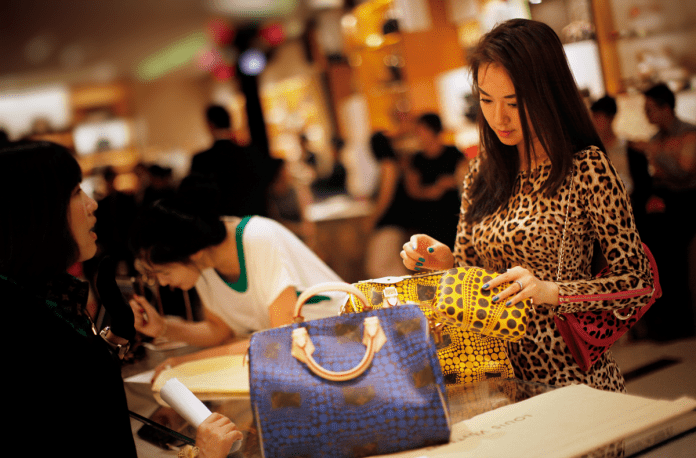Before the pandemic, the youngs in Mainland China generally have such a dream for the future: a spacious house, expensive meals on weekends, or a short vacation on a tropical island and a new car.
Meet Jessie who is in her 30s and works as a market development consultant in Shanghai, earns good income. In the past 2 years she has been frugal and has been struggling with unemployment or semi-unemployment under the dynamic reset policy. According to her, she has not gone to a beauty salon or a hairdresser for a long time. She used to purchase branded cosmetics made in France, but now she has changed her purchases into ‘Made in China’ cosmetics instead.
Experts on China’s market research have expressed their concerns as this phenomenon is seen as “worrying” and “unprecedented”.
China’s zero covid policy and its Covid-curbs, borders closures, and compulsory test of covid have left a heavy blow to China’s economy. Meanwhile, the crackdown on technology companies has indirectly made the threshold very high for young people entering into this sector.
Unemployment among 16- to 24-year-olds hit a record 20 per cent in July, and the situation is only beginning to improve. Both surveys showed that many young currently employed workers in retail and e-commerce were forced to agree to pay cuts to keep their jobs, with average wages in China’s 38 major cities falling by 1% in the first three months of this year.
In this context, it should not be difficult to understand that young people reduce consumption instead of enjoying life lavishly.
Bank data show that new deposits by Chinese households rose by 10.8 trillion yuan in the first eight months of this year, compared with 6.4 trillion yuan in the same period last year. Chinese policymakers are concerned, knowing that mass consumption makes a huge contribution to economic growth. Looking around, China is the only country among major economies that has not raised interest rates, but has instead cut interest rates this year. On September 15, China’s four major state-owned banks lowered the RMB deposit rate. One of the important goals of this move is to discourage people hoarding lots of money in the form of savings, and of course China’s domestic inflationary pressures are low, also provides room for interest rate cuts.
Want to save money? It’s not difficult, learn online!
In fact, the restrained consumption of young Chinese today cannot be compared to that of their elders who experienced severe hunger and poverty. The most glaring difference is that today’s young people use modern social tools to show their brakes on consumption and luxury on the Internet. Just go to Xiaohongshu, or go to Bilibili, and you can see hundreds of videos on how to make a delicious dinner for 10 yuan.
Social media is awashed with the hot topic of how to save money is very hot in the comment area, be it in videos or in written form. For example, a post called “How to live in Shanghai for a month with 1,600 yuan” is a viral post on social media.
Take the example of Yang Xing, a girl claimed that she had a lot of debt on her credit card before the epidemic. In 2019, she opened a “low consumption research group” on Douban, with more than 150,000 members. Now she not only reduces her consumption, but also sells clothes in second-hand stores.
The 30-year-old says she could not live like she used to, spending all her money. Now, she has paid off all her debts. Instead of drinking Starbucks coffee and buying French brand cosmetics, she buys domestic products, which she says can save 60 percent.









